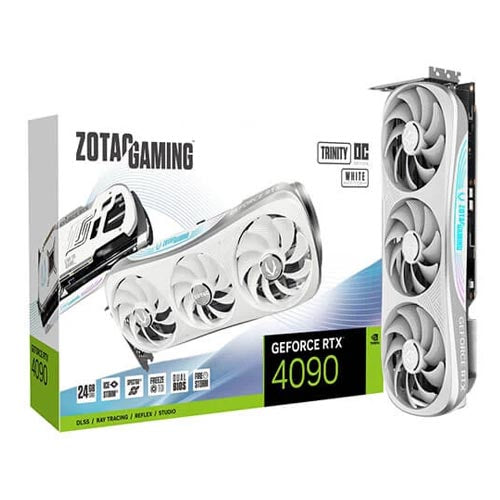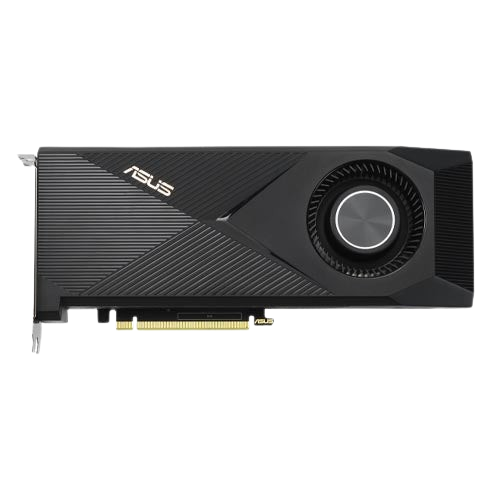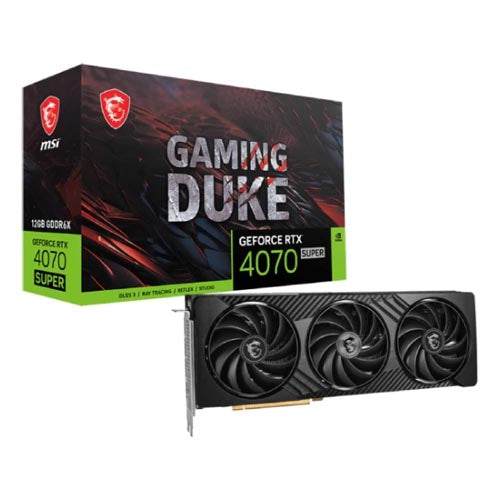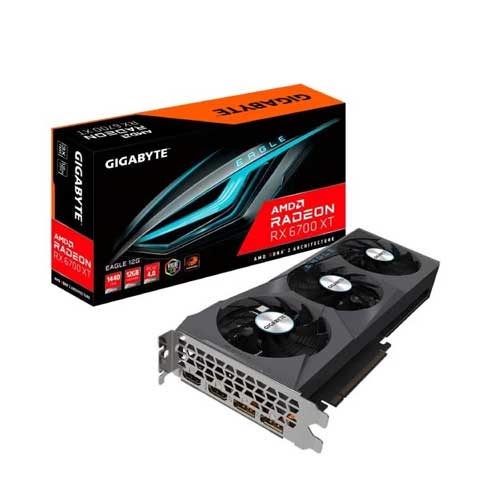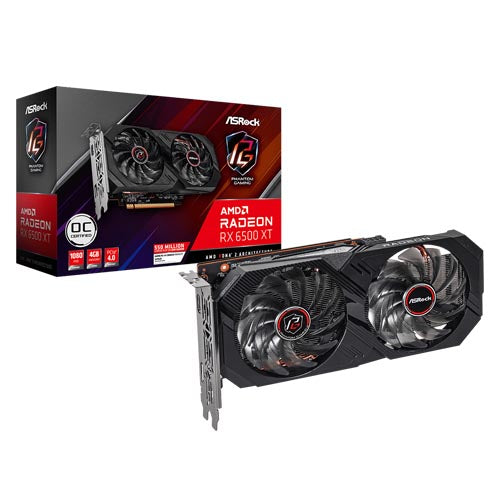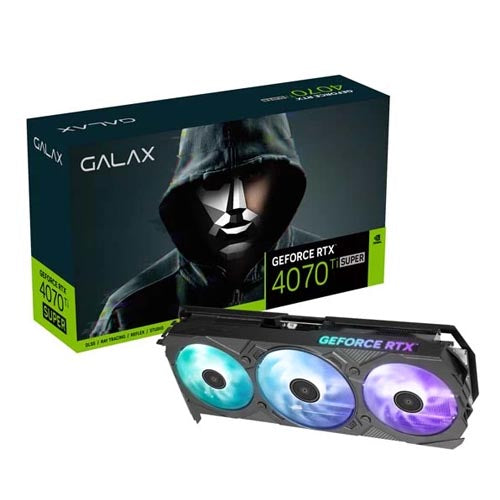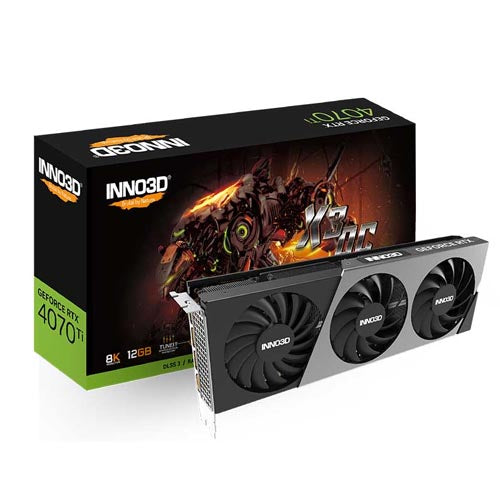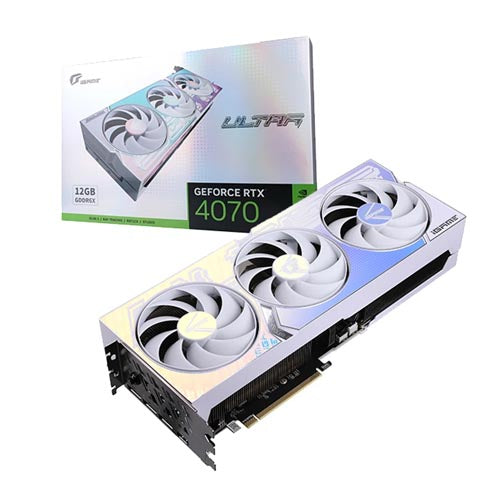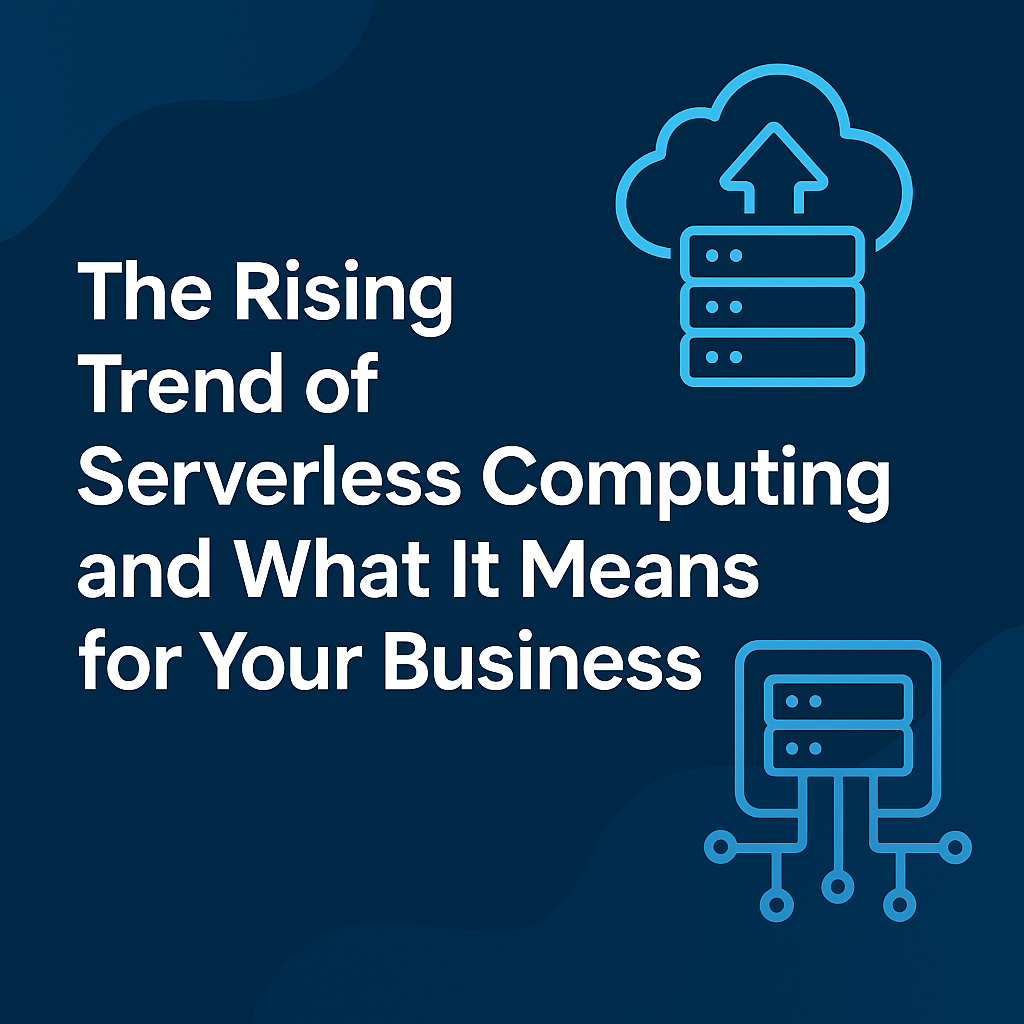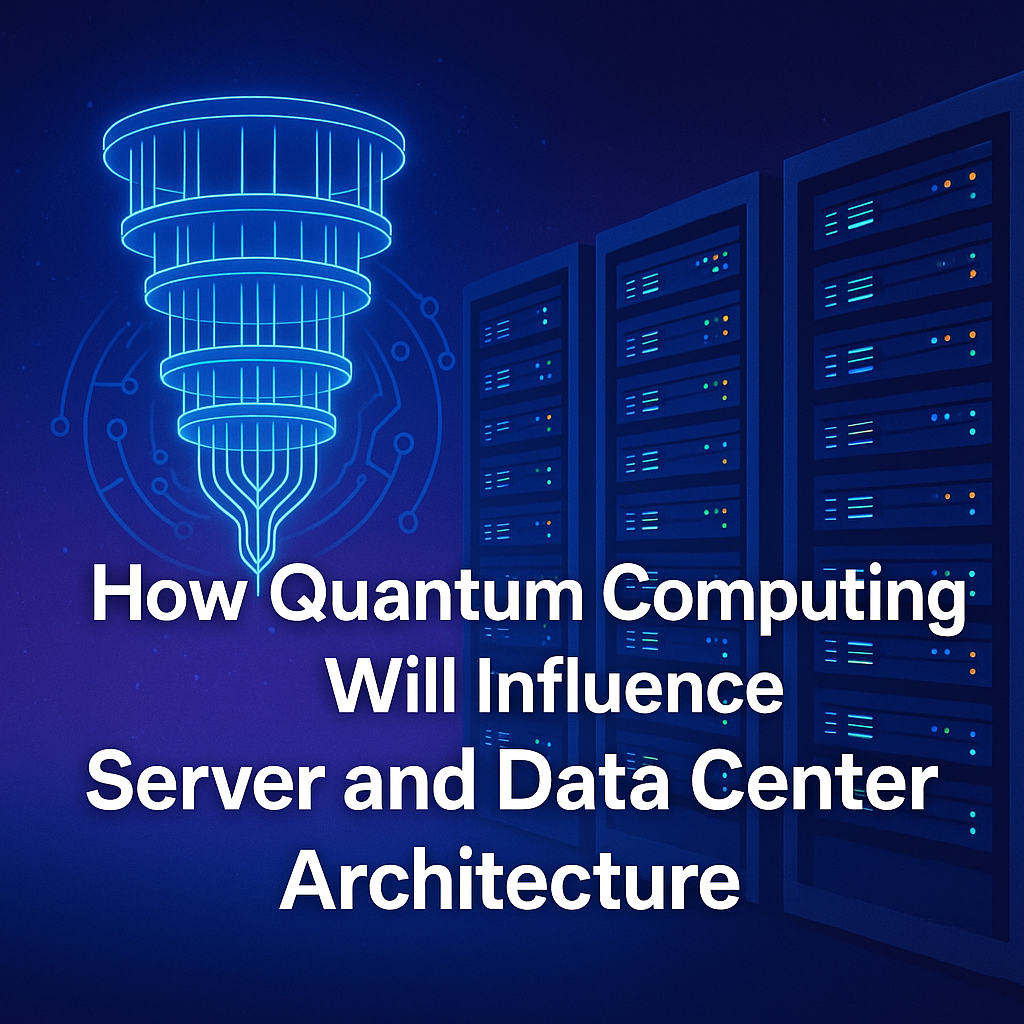The New Age of Scientific Discovery
Scientific research is evolving at an unprecedented pace—powered not just by human intellect, but by machines capable of handling massive computational loads. From simulating quantum interactions to modeling climate change, modern science relies on high-performance computing (HPC) infrastructure.
While supercomputers often dominate discussions around HPC, a growing share of advanced research is now conducted using specialized workstations. These compact but powerful systems are optimized for parallel workloads, AI acceleration, deep learning, and simulation tasks—making them essential tools for scientists in labs, universities, and field sites alike.
This blog explores how and why specialized workstations have become the backbone of data-intensive scientific workflows, and what the future holds for this transformative hardware segment.
What Are HPC Workstations?
HPC workstations are purpose-built computers that combine high-performance CPUs, GPUs, memory, and storage to process complex computational tasks.
Unlike consumer PCs or standard servers, these machines are designed for:
- Scientific simulation (e.g., molecular dynamics, CFD)
- AI/ML workloads (e.g., TensorFlow, PyTorch)
- Big data analytics (e.g., genomics, astronomy)
- Visualization (e.g., 3D rendering, volumetric imaging)
Key Technical Features of HPC Workstations
Let’s break down what makes these systems ideal for advanced research:
| Feature | Technical Benefit |
|---|---|
| Multi-Core CPUs | Supports parallel processing for numerical computation and simulation |
| High-End GPUs | Accelerates deep learning, rendering, and matrix operations |
| ECC RAM | Prevents memory corruption during long computational runs |
| NVMe SSDs | Provides rapid data access, reducing I/O bottlenecks |
| Liquid Cooling | Ensures thermal efficiency for sustained high-frequency workloads |
| Scalability Options | Expandable architecture allows future upgrades and clustering possibilities |
Use Case Scenarios in Scientific Research
1. Bioinformatics & Genomics
Tasks like DNA sequencing and protein folding involve petabytes of data and demand high-throughput computing. Workstations equipped with GPU acceleration and multi-threaded CPUs drastically reduce time to insight.
Example tools: BLAST, Bowtie2, GATK
Deep learning: AlphaFold, DeepVariant
2. Astrophysics & Space Exploration
Simulating celestial events, gravitational wave modeling, and telescope image analysis require FP64 double-precision support and teraflops of computing power.
Key tools: LAMMPS, ENZO, FLASH, CASA
3. Climate Modeling & Environmental Science
Advanced climate models use data from satellites, ocean sensors, and atmospheric stations. HPC workstations allow localized simulations before scaling to clusters.
Frameworks used: WRF, CESM, ROMS, ParFlow
4.Neuroscience & Cognitive Modeling
Neural network simulations and brain imaging need low-latency compute and fast storage to render and analyze brain scans in real-time.
Common frameworks: NEST, Brian2, FSL, SPM
5.Materials Science & Quantum Chemistry
Quantum-level simulations require GPU compute and FP64 support to model electronic states and molecular behavior.
Software examples: Gaussian, VASP, CP2K, Quantum Espresso
Programming and Software Stack
HPC workstations are optimized to run:
- Scientific Libraries: BLAS, LAPACK, MKL
- CUDA & OpenCL: For GPU acceleration
- Parallel Frameworks: MPI, OpenMP
- Containerization: Singularity (preferred over Docker in HPC due to security)
- OS Choices: CentOS, Ubuntu HPC, RHEL, or Rocky Linux with SLURM for job scheduling
Why Workstations vs. Supercomputers?
| Aspect | HPC Workstation | Supercomputer |
|---|---|---|
| Cost | Affordable (₹2L to ₹15L) | Expensive (Crores+) |
| Setup Time | Plug-and-play | Requires data center integration |
| Power Consumption | Low to moderate | Very high |
| Access Control | Personal/local | Shared/queued |
| Best For | Prototyping, Development, Local Research | Large-scale simulations, national labs |
Performance Benchmarks
A modern HPC workstation with:
- AMD Threadripper Pro / Intel Xeon CPU
- NVIDIA RTX A6000 or A100 GPU
- 256 GB ECC RAM
- 4 TB NVMe Storage
can deliver:
| Task | Time Reduction (%) |
|---|---|
| Genome Assembly | 80% faster |
| Climate Simulation (WRF) | 70% faster |
| Neural Net Training | 6× improvement |
| CFD Solver (OpenFOAM) | 3× improvement |
Security and Compliance Considerations
Scientific data often involves sensitive IP or patient information. HPC workstations offer:
- Disk encryption (LUKS)
- Role-based access (SELinux/AppArmor)
- Air-gapped computing for secure environments
- Auditable logs for compliance (HIPAA, GDPR, etc.)
Future Trends in HPC Workstations
- AI/ML Integration: Purpose-built accelerators (e.g., NVIDIA H100, Intel Gaudi2)
- Hybrid Cloud Extension: Burst compute to cloud (using tools like Terraform and SLURM Cloud)
- Edge Workstations: Ruggedized HPC for field research (oil rigs, Antarctica stations, etc.)
- Quantum Hybrid Systems: Integration of classical and quantum co-processors

Conclusion
The age of scientific discovery is being redefined by computing. And while massive supercomputers steal the spotlight, specialized HPC workstations are where most of the hands-on innovation happens.
From prototyping the next cancer drug to simulating future climate events, these systems empower scientists with autonomy, power, and flexibility—right at their desk.
As scientific models grow more complex and datasets more massive, investing in a high-performance workstation isn’t just smart—it’s essential.
